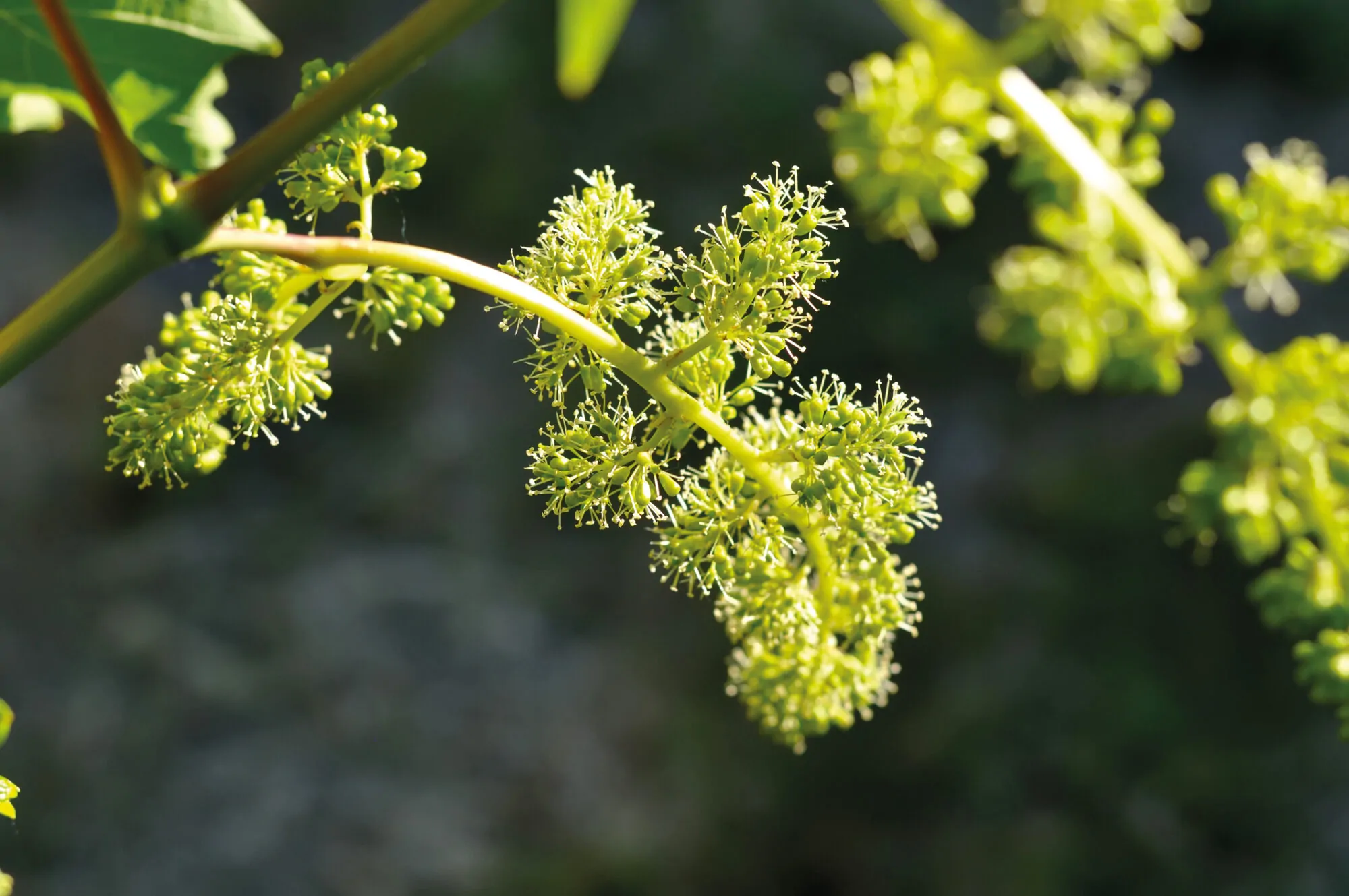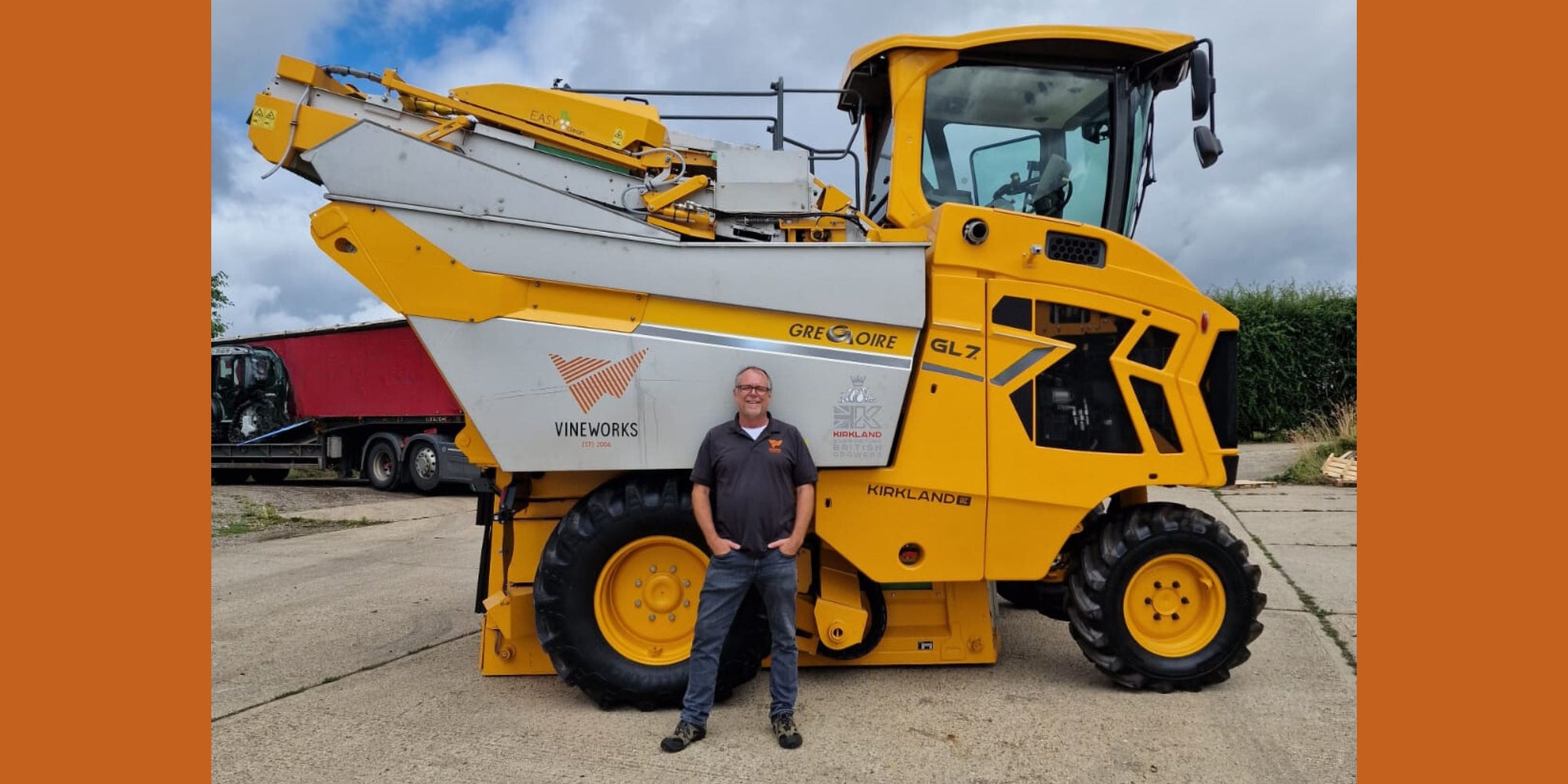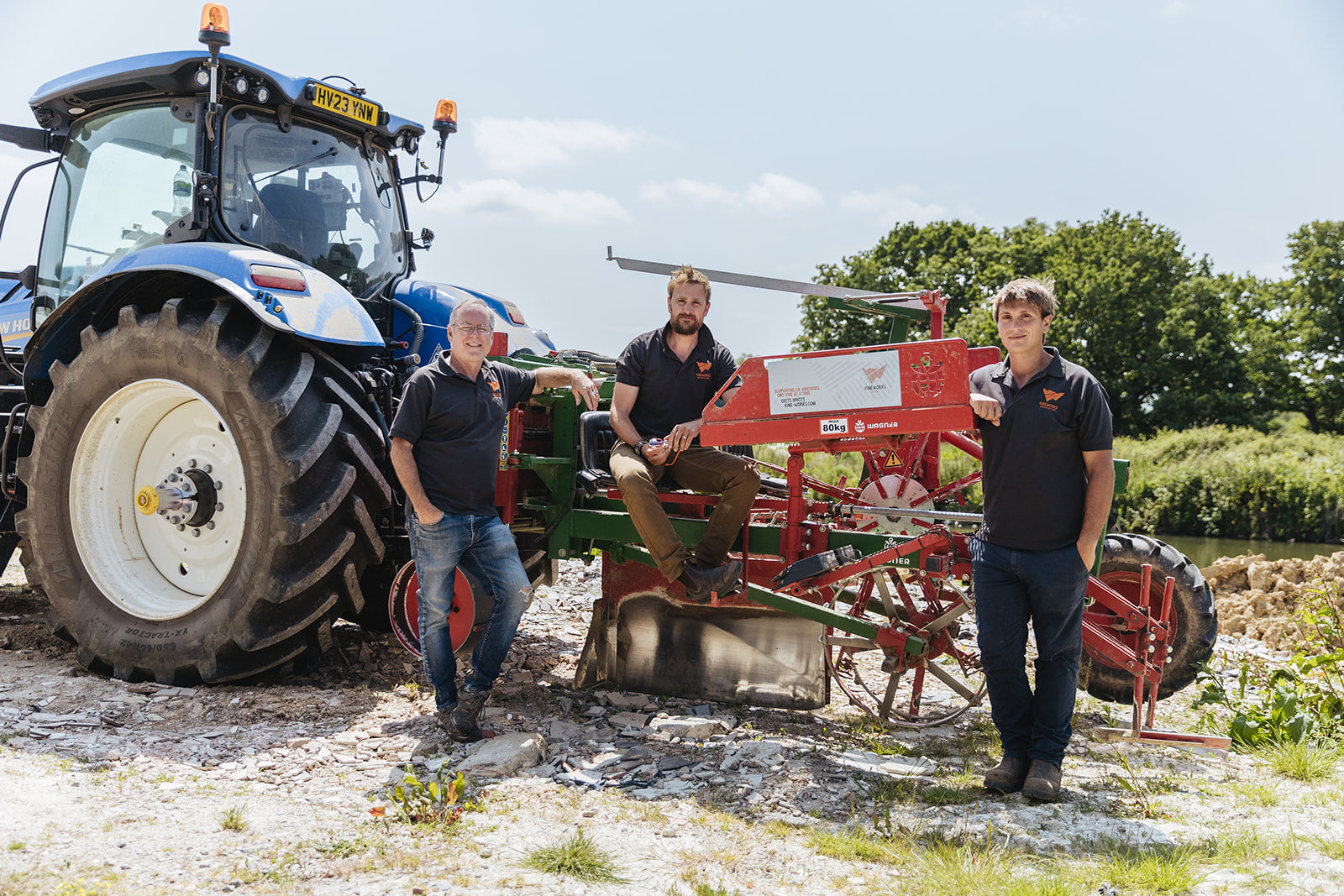

THE IMPORTANCE OF CROP YIELD ESTIMATION AND FORECASTING
As we race towards flowering and fruit set, inflorescences (bunches) develop and become more visible. This provides an opportunity to make an assessment on the potential for this year’s harvest, explains VineWorks' Business Director and Head of Vineyard Services, Chris Buckley.
These early counts of inflorescences (bunches) are an important early indicator of what the harvest will look like and can also influence how you approach the management of your vineyard between now and then. Reliable, accurate yield forecasts are a valuable tool for managing a vineyard as well as your wider wine business.
Vital Statistics ensure Effective Preparation
Firstly, identifying low and high yielding areas is important for understanding where your vineyard is underperforming, and where it is doing a bit too well! Such vital statistics can mean informed shoot selection and green harvesting to achieve better balance for the vine, as well as achieving improved sugar/acid ratios depending upon the style you are aiming for.
Secondly, inaccurate forecasts are costly in terms of time, money, and resources. Wineries need accurate and reliable forecasts many months (not weeks) in advance of harvest. Based upon a vineyard’s estimations, they will need to hire staff (permanent and temporary), allocate or purchase additional tanks and barrels, and acquire additional winery equipment and dry goods. Back in the vineyard, crates, snips, buckets, and other supplies need to be sourced, and, most importantly, harvesting machines or hand pickers need to be booked and organised in advance.
Having an insufficient number of pickers, or failing to hire the necessary machinery due to an underestimation of your yield, could have wider-reaching implications in getting the fruit home safely and in a timely fashion. Getting those forecasts right is imperative to avoid unnecessary costs for both the vineyard and the winery.
Counting without Bias for an Accurate Estimated Average
So, how do we approach this task? Without over complicating things, it is a case of diligently counting large enough samples of flowers/bunches – typically 30 per variety/clone (or block) – in a manner which avoids bias, making sure that you count those that have no fruit as well as those that do. Doing this well will provide you with an accurate estimated average number of bunches.
The next stage is to weigh several bunches from this sample size, combining this into a calculation: the number of bunches x average weight x number of vines = projected yield. Doing this over several stages in bunch development, from flowering to pea-sized berries, will provide excellent information on how the total yield is tracking.
This information should then be used post-harvest to compare with what was harvested from a block/sample, identifying where the discrepancies in your estimation lay, and ultimately be used to improve estimations next season.
Poor Yield Forecasting Chaos
When I was writing this article, I was reminded of the 2018 harvest. Whilst now fondly remembered for its quality and abundance, there is still a lasting resonance of the chaos experienced during that period, caused primarily by poor yield forecasting. We saw several instances of plentiful fruit struggling to ripen due to over-cropping and lack of fruit thinning early in the season. We also saw disproportionate bookings of harvest labour vs fruit expected to be picked. Wineries were not immune either. They had growers bringing in larger tonnages than expected which caused tanks to fill up fast. This forced some to reject fruit and cancel orders as they had no means to process it, leading to several wineries scrambling around looking to secure or hire tanks during harvest.
I am confident that we won’t hear of that situation again this harvest, as the industry has become more aware of the importance of diligent crop estimations. It has been the focus of workshops, expert talks, and the introduction of handy apps for our phones.
At VineWorks we are here to support you, one vine at a time.



